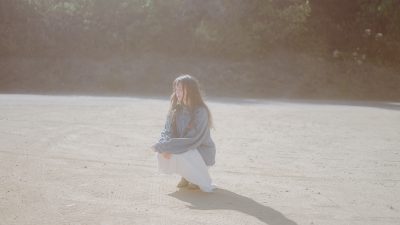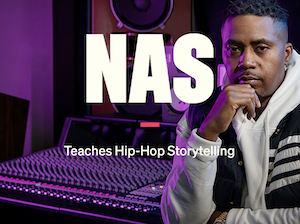Cross-Continental Conversation with Chet Faker

by Scott Wilson
Calling in to his Brooklyn apartment, Quip talked to Nick James Murphy, better known as Chet Faker. “I’m not on a lease, just staying here for a few weeks. I’m homeless.” The new Chet Faker album, Built on Glass, dropped in April and set off a lengthy British Isles, Australia, and New Zealand tour followed by a TBA North American jaunt. “I’m thinking about hanging around Brooklyn for a year after the tour. Get a change of scenery.”
In a rambling conversation that covered topics as diverse as his first breakthrough song “No Diggity” to his recent interest in Daniel Defoe’s Robinson Crusoe, we delved into Built on Glass and how it came about.
“The album is honest, it’s about me. The thing I’m realizing is that I have to answer a bunch of personal questions about myself.” The title, Murphy told me, is meant to imply a legacy founded on an honest yet fragile base. It’s symbolic of what he wants to be as an artist and where he wants his music to go. It’s an audibly different album than Thinking in Textures which sounded faster and poppy. Built on Glass is melodic and emotional. “It’s a big jump between the first album. From 22 to 25, a lot of things happened to me in those years. There was a lot more content to draw from.”
When I asked what sort of influences he was listening to or what media he was imbibing while working on the new album, Murphy couldn’t point to any single thing. “It took two years to do the album. I went through a lot of different phases. The songs each have their own background, but I can talk about specific songs. Like for “No Advice,” the airplane version, that’s based off Brian Eno and Music for Airports.” Chet Faker derives from the subconscious, the music’s origin resides deep within Murphy’s head: it’s an amalgamation of many diverse ideas.
Murphy described his music and artistic process by relating the story of Sisyphus. “You have to be uncomfortable to make art. Life is uncomfortable.” He constantly has to toil to get something out, like Sisyphus pushing his rock up the mountain, and then once the album is released or the tour ends and the rock goes falling back down the hill, Murphy starts over from the start. That’s life, he says, and it’s about the pleasure of doing the work that’s important, not the end goal.
Built on Glass was created in Murphy’s Melbourne studio, a former meat locker in a rented space. His personal things are in storage while he spends the summer touring. “I don’t think I’ve planned ahead more than six months in the last six years.” Sitting in his off-lease New York apartment, Murphy’s reprieve after two years of working on the album will last just until the end of April, when the tour begins. But as he said, the work is the fun part.













